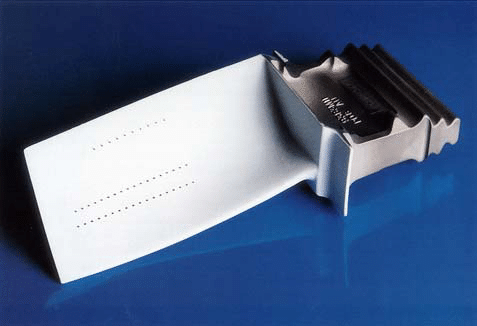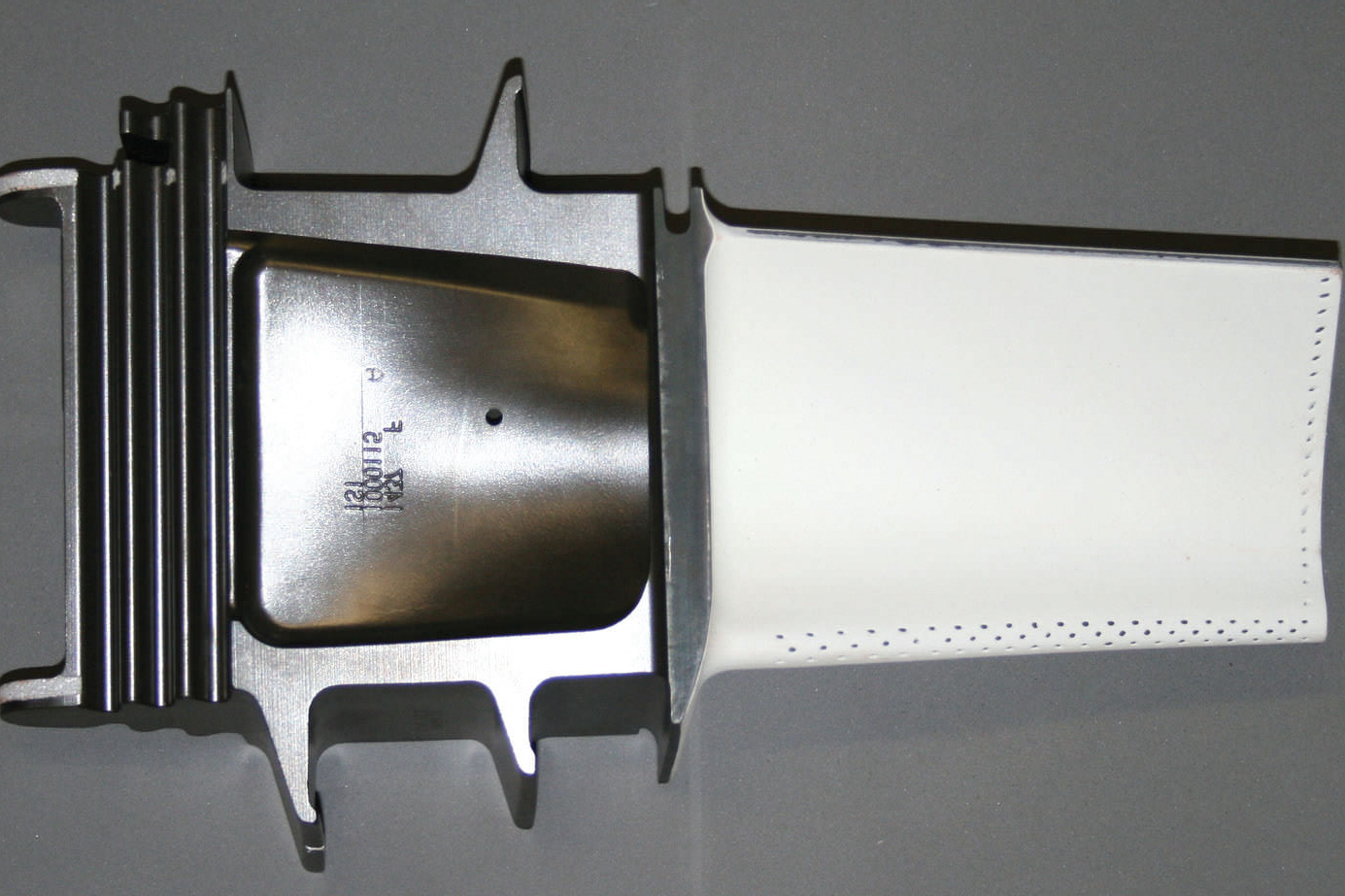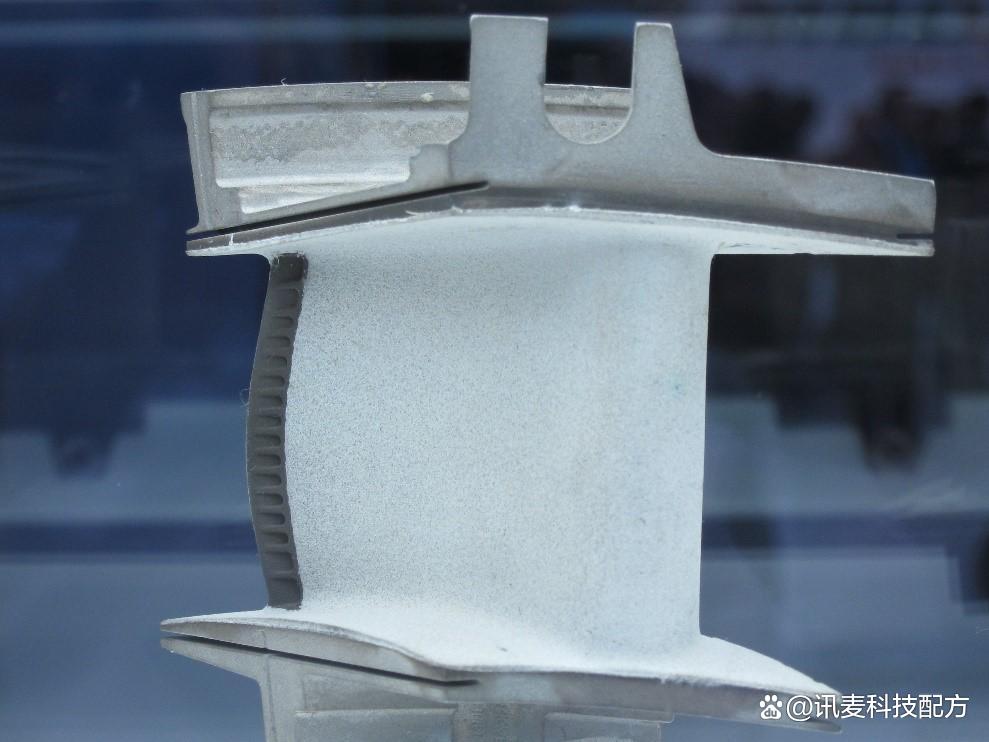How does TBC outperform traditional coatings against heat/ corrosion?
How Does TBC Outperform Traditional Coatings Against Heat and Corrosion?
Superior Thermal Insulation and Heat Resistance
Thermal Barrier Coatings (TBCs), typically made from yttria-stabilized zirconia (YSZ), offer significantly lower thermal conductivity than traditional metallic coatings such as aluminides or chromate-based layers. TBCs reduce surface temperatures by 150–300°C, enabling 3D printed components—such as Inconel 625, Ti-6Al-4V, or Tool Steel H13—to operate safely in environments exceeding 1000°C. This thermal insulation improves fatigue life and prevents thermal deformation, outperforming conventional coatings in engine turbines, combustors, and exhaust systems.
Enhanced Resistance to Oxidation and Corrosive Environments
Unlike traditional coatings that form passive oxide layers, TBCs serve as physical barriers to oxygen and corrosive gases. This is critical in aerospace, energy, and automotive systems, where combustion byproducts accelerate material degradation. When applied to components produced via Superalloy 3D Printing or Titanium 3D Printing, TBCs reduce oxidation kinetics and extend service intervals compared to traditional electroplated or sprayed metallic coatings.
Better Thermal Cycling and Fatigue Performance
TBCs are engineered with controlled microcracks and porosity to accommodate expansion and contraction during thermal cycling. This design prevents spallation and delamination, common failure modes in hard traditional coatings. For high-frequency thermal cycles in jet engines or turbochargers, TBCs consistently maintain adhesion and insulation integrity, outperforming conventional coatings that become brittle or fail due to mismatch stress.
Multilayer Capability and Design Flexibility
TBC systems often include a metallic bond coat (e.g., MCrAlY) combined with a ceramic topcoat, offering dual protection—oxidation resistance from the bond coat and thermal insulation from the ceramic. This layered architecture delivers superior performance over single-layer traditional coatings and is compatible with parts manufactured through Ceramic 3D Printing or Powder Bed Fusion, enabling complex part designs with robust thermal surfaces.
Recommended Services for Advanced Heat and Corrosion Protection
Neway provides a complete solution for manufacturing and protecting heat-critical components:
Thermal-Grade Material Printing:
Superalloy 3D Printing: For turbine and combustor parts requiring thermal resilience.
Titanium 3D Printing: For structural engine and exhaust parts needing oxidation control.
Carbon Steel 3D Printing: For thermal tooling and engine brackets.
Ceramic 3D Printing: For parts requiring built-in heat and chemical resistance.
Surface Protection and Enhancement:
Thermal Barrier Coatings (TBC): For high-efficiency insulation and oxidation protection.
Heat Treatment: Stabilizes base material properties before coating.
Hot Isostatic Pressing (HIP): Eliminates internal porosity to support long-term coating adhesion.



